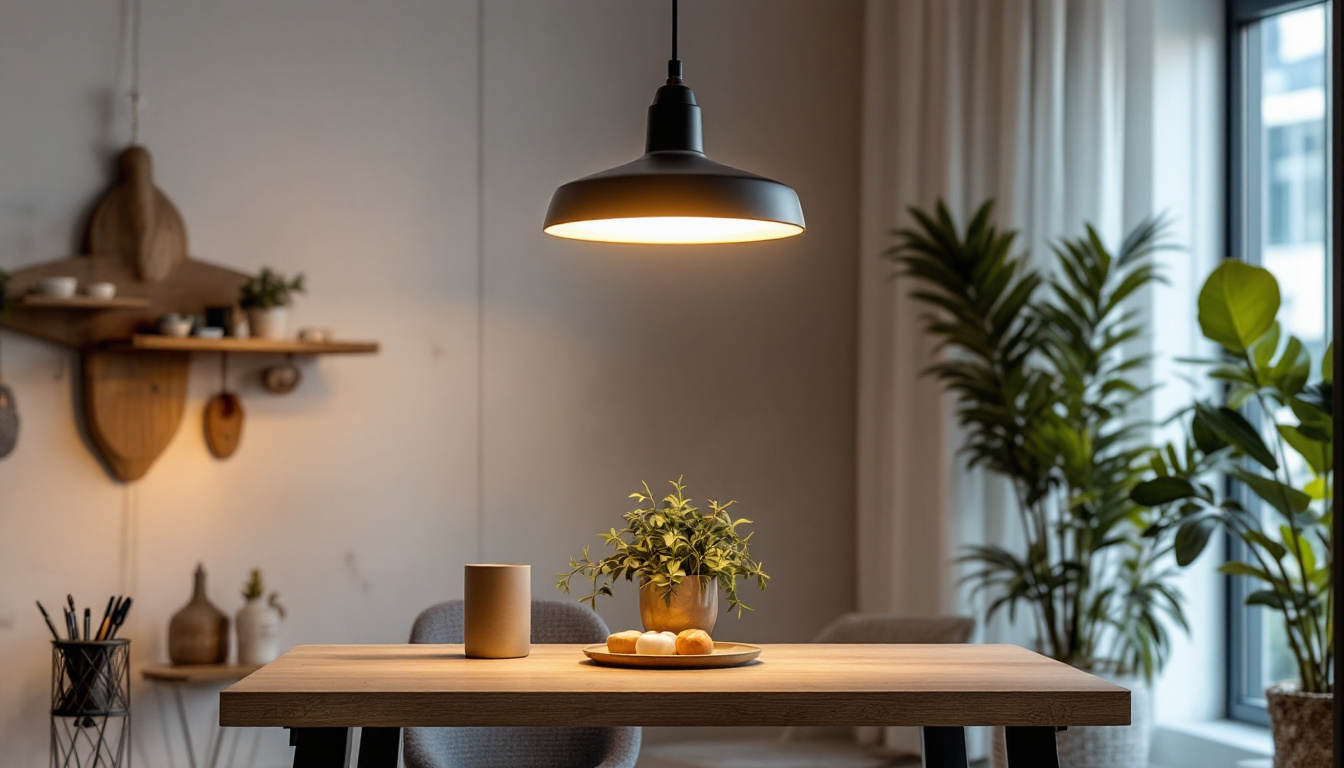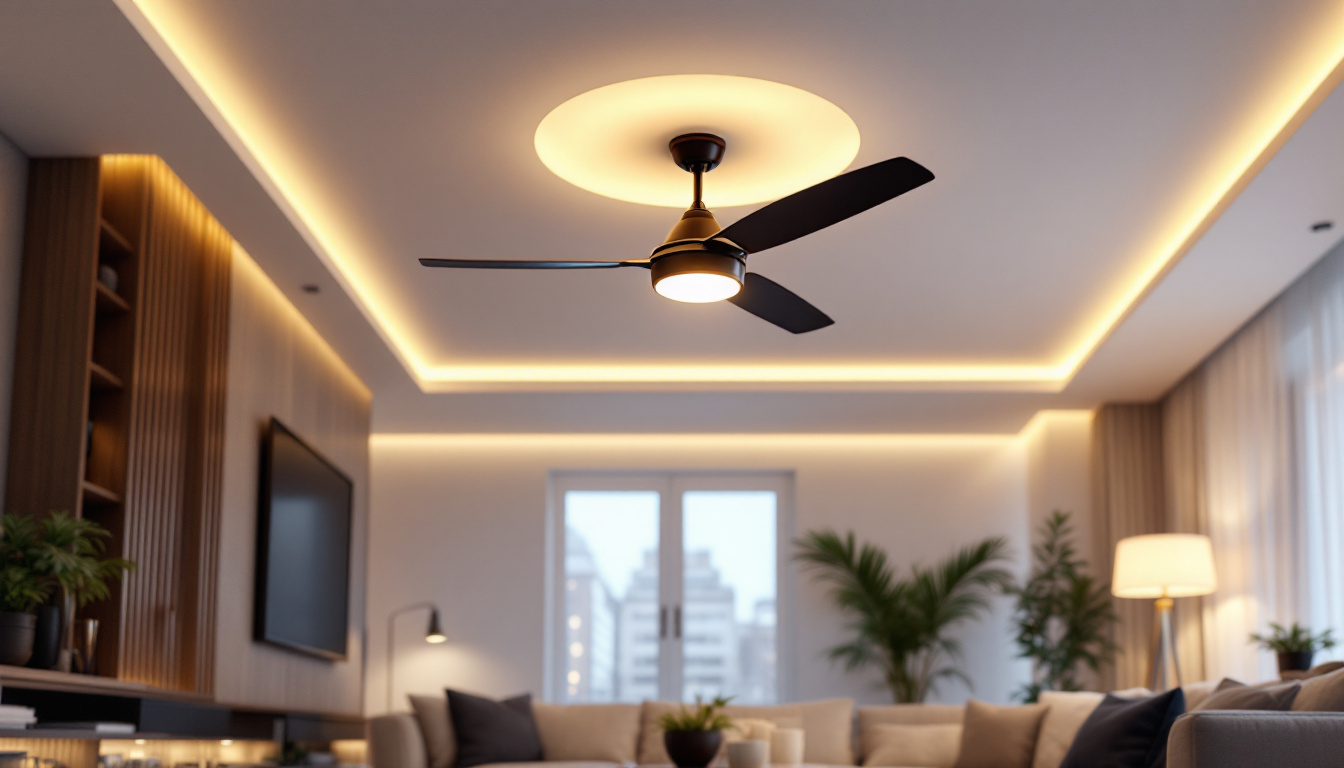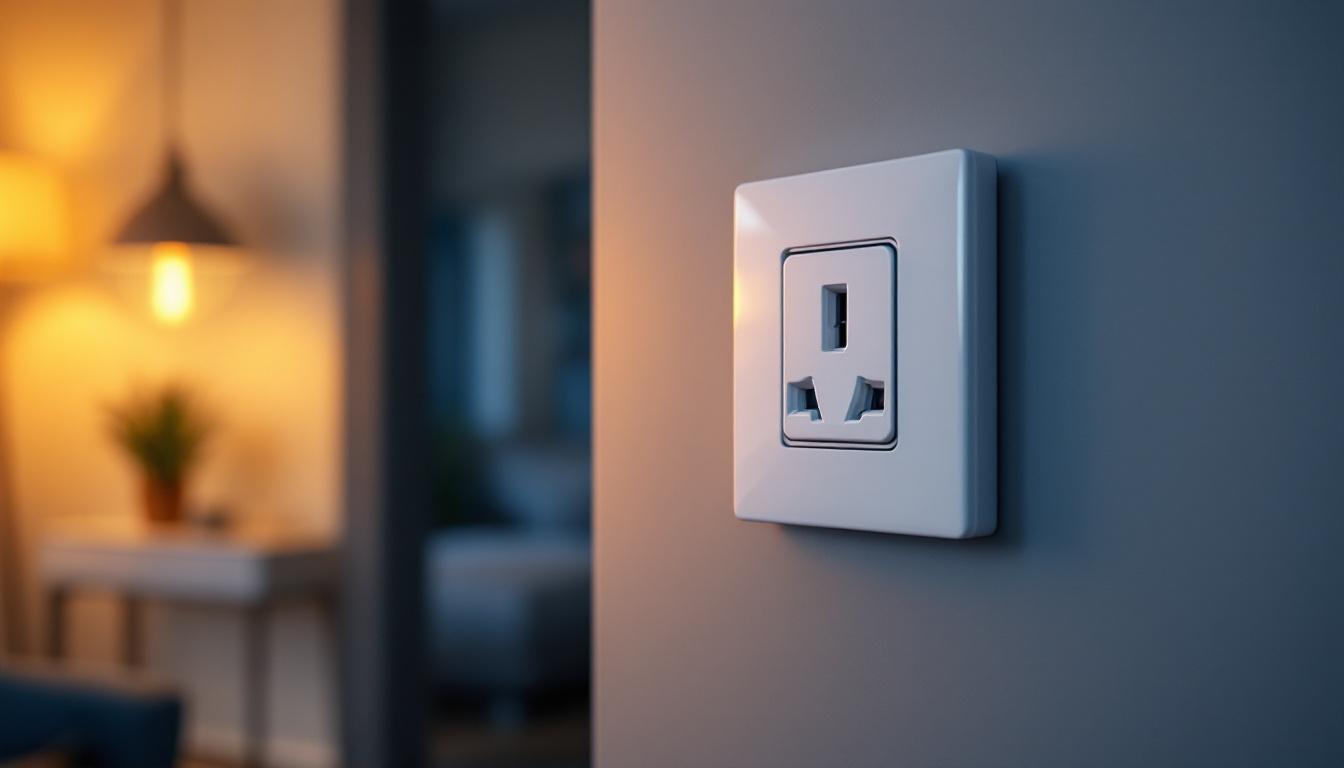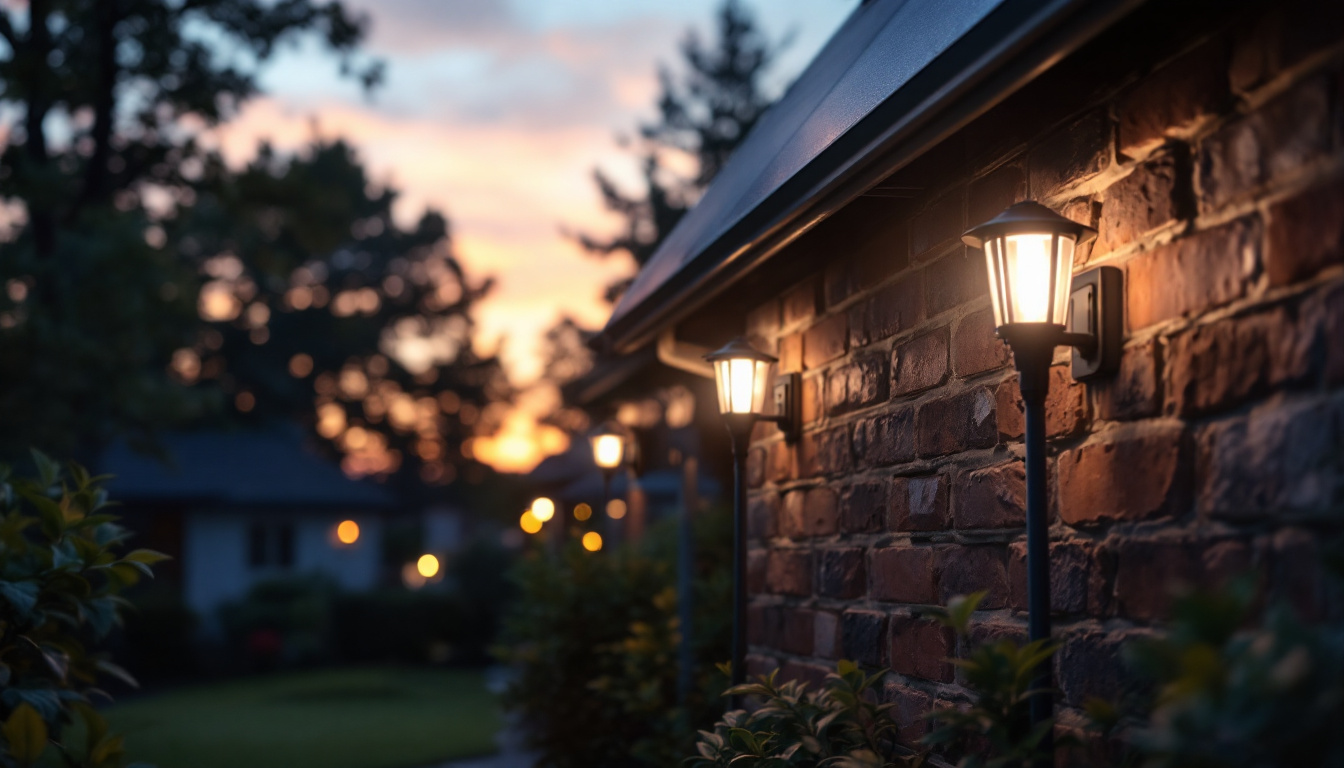
LED hanging pendant lights have become a staple in modern lighting design, offering both functionality and aesthetic appeal. As lighting contractors, understanding the nuances of these fixtures is essential for providing clients with the best solutions. This article addresses some of the most common questions lighting contractors encounter regarding LED hanging pendant lights.
Light Emitting Diodes (LEDs) are semiconductor devices that emit light when an electric current passes through them. Unlike traditional incandescent bulbs, which produce light through heating a filament, LEDs convert a higher percentage of energy into light, making them more efficient and longer-lasting. This efficiency is not just beneficial for energy savings; it also means less heat is generated, which can contribute to a cooler environment in both residential and commercial spaces.
The technology behind LEDs has evolved significantly, allowing for a variety of color temperatures and brightness levels. This versatility makes them suitable for various applications, from residential settings to commercial spaces. In recent years, advancements in LED technology have led to the development of smart LED lights that can be controlled via smartphone apps or voice-activated devices, adding another layer of convenience and customization for users. These innovations are reshaping how we think about lighting, making it more interactive and adaptable to our daily lives.
One of the primary advantages of LED hanging pendant lights is their energy efficiency. They consume significantly less power compared to incandescent or fluorescent bulbs, which translates to lower energy bills for clients. Additionally, LEDs have a longer lifespan, often lasting up to 25,000 hours or more, reducing the frequency of replacements. This longevity not only saves money but also minimizes waste, making LEDs a more environmentally friendly choice.
Another benefit is the ability to produce a wide range of color temperatures. Whether a client prefers a warm, inviting glow or a cooler, more modern look, LED pendant lights can be tailored to meet those preferences. Furthermore, many LED fixtures are now available with dimming capabilities, allowing for greater control over ambiance and lighting levels. This feature is particularly advantageous in dining areas or living rooms, where lighting needs can change throughout the day. Moreover, the design of LED pendant lights has become increasingly stylish, offering a variety of designs that can complement any decor, from minimalist to industrial chic, thus enhancing the aesthetic appeal of a space while providing functional lighting solutions.
When installing LED hanging pendant lights, several factors must be considered to ensure optimal performance and safety. First, the height at which the pendant is hung is crucial. A general guideline is to hang pendants 30 to 36 inches above countertops or tables, but this can vary based on the specific application and design preferences. For instance, in dining areas, a slightly lower height can create a more intimate atmosphere, while in workspaces, a higher installation may be beneficial to avoid obstructing sightlines.
Additionally, ensuring that the electrical wiring is compatible with LED fixtures is essential. Some older wiring may not support the lower wattage of LED lights, which can lead to flickering or other issues. It’s advisable to check the compatibility of dimmer switches as well, as not all dimmers work effectively with LED technology. Furthermore, considering the color temperature of the LEDs can greatly influence the ambiance of the space; warmer tones can create a cozy feel, while cooler tones may enhance focus and productivity in work areas.
While the installation of LED hanging pendant lights is similar to that of traditional fixtures, certain tools can make the process smoother. Basic tools such as a screwdriver, wire strippers, and a voltage tester are essential. Additionally, a ladder may be required for higher ceilings, and a level can help ensure that the pendant is hung straight. It’s also wise to have a flashlight on hand for illuminating dark spaces, particularly if you’re working in a poorly lit area or in the evening.
For more complex installations, especially those involving multiple pendants or intricate designs, having a drill and appropriate drill bits can be beneficial. This can help in securing the fixture properly, especially in cases where additional support is needed. Moreover, using a stud finder can be invaluable in locating the strongest points in the ceiling for anchoring the fixtures, ensuring that they remain securely in place over time. Lastly, having a helper can make the installation process easier, allowing for adjustments and alignment to be made more efficiently, particularly when dealing with heavier or bulkier fixtures.
The style of LED hanging pendant lights can greatly influence the overall aesthetic of a space. When selecting a pendant light, consider the existing decor and the intended atmosphere of the room. For instance, a sleek, modern pendant may be ideal for a contemporary kitchen, while a vintage-inspired design could enhance a rustic dining area.
Moreover, the size of the pendant is crucial. A large pendant can serve as a focal point in a room, while smaller pendants may be better suited for clustered arrangements. Understanding the scale of the space and the height of the ceiling can help in making the right choice.
Color temperature plays a significant role in how a space feels. Warm white light (around 2700K to 3000K) is often preferred in residential settings, as it creates a cozy and inviting atmosphere. This temperature is ideal for living rooms, bedrooms, and dining areas.
On the other hand, cooler white light (4000K to 5000K) is often used in commercial spaces, such as offices and retail environments, where a bright, energetic feel is desired. Understanding the purpose of the space can guide the selection of the appropriate color temperature for LED pendant lights.
LED pendant lights are a significant advancement in energy-efficient lighting. They consume up to 80% less energy than traditional incandescent bulbs, which not only reduces electricity costs but also lessens the environmental impact. This energy efficiency is particularly beneficial for commercial clients looking to lower operational costs.
Furthermore, many LED lights are designed to be recyclable, which aligns with sustainability goals. As more clients become environmentally conscious, promoting the benefits of LED technology can be a selling point for lighting contractors.
Many regions offer incentives for businesses and homeowners who choose energy-efficient lighting solutions. These can include tax rebates, grants, or discounts on energy bills. Lighting contractors should stay informed about local programs that encourage the adoption of LED technology, as this knowledge can provide added value to clients.
Additionally, some utility companies offer programs that help offset the initial costs of purchasing and installing LED fixtures. By leveraging these incentives, contractors can make a compelling case for clients to invest in LED hanging pendant lights.
One of the appealing aspects of LED pendant lights is their low maintenance requirements. Unlike traditional bulbs that may burn out and require frequent replacements, LEDs can last for years with minimal upkeep. However, regular cleaning is essential to maintain their brightness and efficiency.
Dust and grime can accumulate on the fixture, reducing light output. A simple wipe with a damp cloth can keep the pendant looking its best. Additionally, checking the connections and ensuring that the fixture is securely mounted can prevent any potential issues over time.
In the rare event that an LED pendant light fails, it is essential to diagnose the issue correctly. First, check the power source to ensure that the fixture is receiving electricity. If the power supply is intact, the problem may lie within the LED driver or the bulb itself.
Some LED fixtures come with replaceable components, allowing for easy repairs. However, if the entire unit is malfunctioning, it may need to be replaced. Understanding warranty options and manufacturer support can also aid in addressing these issues efficiently.
As technology and design evolve, so do the trends in LED pendant lighting. One prominent trend is the use of smart technology, allowing users to control lighting remotely via smartphones or voice-activated devices. This feature adds convenience and enhances the user experience.
Another trend is the incorporation of unique materials and finishes. From industrial metals to elegant glass designs, the variety of styles available caters to diverse tastes and interior designs. Mixing and matching different pendant styles can also create a personalized look that appeals to clients.
Sustainability is becoming a significant factor in lighting design. Many manufacturers are now focusing on eco-friendly materials and production processes. This shift not only appeals to environmentally conscious consumers but also aligns with broader industry trends toward sustainability.
Contractors should be aware of these trends, as clients increasingly seek products that reflect their values. By offering LED pendant lights that are both stylish and sustainable, contractors can meet the demands of a modern market.
LED hanging pendant lights represent a versatile and efficient lighting solution that meets the needs of various clients. By understanding the technology, installation considerations, design options, and maintenance requirements, lighting contractors can provide informed recommendations and exceptional service.
As the industry continues to evolve, staying abreast of trends and advancements in LED technology will be crucial. Embracing these changes not only enhances the contractor’s expertise but also ensures that clients receive the best possible solutions for their lighting needs.
Ultimately, the shift towards LED hanging pendant lights is not just a trend; it is a reflection of a broader commitment to energy efficiency, sustainability, and innovative design. By addressing common questions and concerns, lighting contractors can position themselves as knowledgeable professionals in this dynamic field.
Ready to elevate your lighting projects with the efficiency and style of LED hanging pendant lights? At LumenWholesale, we provide lighting contractors with an exceptional range of high-quality, spec-grade lighting options at the most competitive wholesale prices. Say goodbye to middleman markups and hello to a collection that meets rigorous industry standards. With our commitment to reliability and performance, plus the convenience of free shipping on bulk orders, you can trust that you’re getting premium lighting at the best value. Don’t compromise on quality or cost. Visit LumenWholesale now to discover the ideal lighting solutions for your next project.

Discover the top strategies and techniques for lighting contractors to enhance cabinet aesthetics with under lighting.

Discover innovative solutions for lighting contractors facing challenges with unique ceiling fans featuring integrated lights.

Explore the essentials of square outlets in this comprehensive guide tailored for lighting contractors.

Discover effective strategies for lighting contractors to tackle common challenges with LED solar lights.